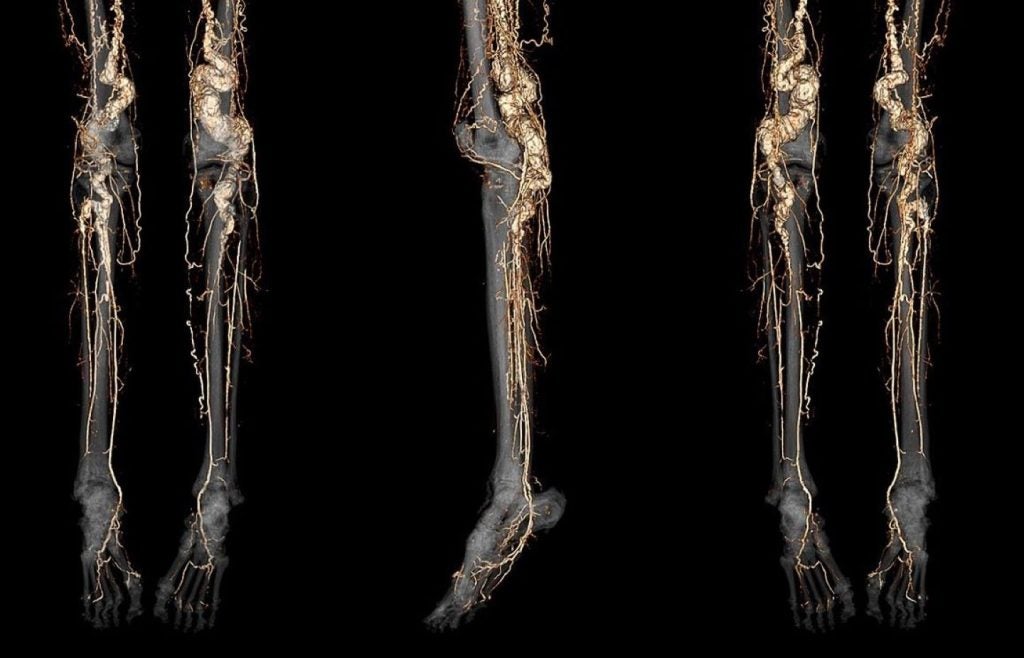The use of wearable technology in clinical research has been a hot topic in recent times. The potential of these technologies to disrupt well established processes appears to know no bounds. In the first of a two-part series of interviews, CTA speaks to two consumer experts to examine what impact wearables could have, not only on clinical research, but healthcare as a whole. Andrena Logue, a research director from Kable, sits down with CTA and explains the potential of wearables is yet to be fully realised…
Clinical Trials Arena: What are your thoughts about the use of wearables in the healthcare space?
Andrena Logue: In a lot of countries, healthcare appears to be undergoing radical and enforced transformation at this point in time. That is mostly due to the demographic pressures that clinicians and life science companies are absorbing, in that we’re all living longer, and not only have higher expectation on the type of treatment that we expect, but perceive the role of the clinician differently. These have impacted on both the cost of care and drugs R&D, while efficacy rates are not necessarily improving. That can no longer be sustained, and as a result, technology is increasingly being acknowledged as an enabler of more personalised and cost efficient care – that’s where wearables come into the equation.
Wearables tend to get sensationalised and hyped up, because they have gained the most positive exposure through what the healthcare domain calls ‘the worried well’. This includes fitness fanatics and the like, who while among the early adopters of such technologies, are not the biggest drain on clinicians’ time. When you consider wearables or apps within a contextualised and niche line of business like healthcare, you have to be much more careful and considerate because you are looking at potentially sensitive data being shared in a 24/7 context with all manner of people, which risks getting into the wrong hands because it isn’t controlled, leading to all sorts of repercussions.
CTA: How do you see wearables influencing clinical trial processes?
See Also:
AL: My view on wearables in a healthcare setting and, most particularly, a clinical trial setting is that the potential for that is really starting to come through; we’re talking about an emerging market. And when we talk about the potential we have to consider that as part of the overall mHealth/eHealth strategy that’s evolving in many jurisdictions, which in parallel embraces aspects of the clinical/pharma R&D side, the technological side, and expectations from us as consumers (citizens) on healthcare outcomes.
How well do you really know your competitors?
Access the most comprehensive Company Profiles on the market, powered by GlobalData. Save hours of research. Gain competitive edge.

Thank you!
Your download email will arrive shortly
Not ready to buy yet? Download a free sample
We are confident about the unique quality of our Company Profiles. However, we want you to make the most beneficial decision for your business, so we offer a free sample that you can download by submitting the below form
By GlobalDataSo this convergence lays a strong foundation for the exploitation of wearables, and it critically to my mind, contextualises the positive outcomes for all data stakeholders (incl the general public, etc.). Both the proliferation of social media and the consumerization of smart devices and apps not only pave the way for this culture of data sharing across stakeholders, but also permeate geographic boundaries. By default, this attracts a richer and more relevant pool of clinical candidates onto trials, also ensuring that quotas are met. When patients are assured of confidentiality and perceive a direct benefit to their care, they are comfortable sharing sensitive data. So clinical trials benefit from more willing participants in relation to rarer conditions, while on the healthcare side, momentum has been gathering perhaps surprisingly around ‘walled garden’ controlled forums for patients in a mental health setting, particularly among young adults and children.
CTA: Would you say wearables give the patient more control over how they handle their own care?
AL: From a patient’s perspective, certainly most healthcare models in different countries are striving to devise alternative modes of treatment, with more of a focus of getting you and I to manage our own care. That includes simple things, such as monitoring your own vital statistics through a smart device, where those stats are fed through to a bigger data repository such as the EMR/EPR. Importantly, all of the data that would be captured feasibly through a wearable, is part of an evolving and significant platform of data-driven healthcare into which most life sciences companies are looking to tap, not only to reduce the day-to-day cost of care, but to pioneer what’s generally referred to as ‘medicine differentiation’ – the idea that not all drugs treat the same people with the same condition in the same way. So that enables a pharma company to shore up cost in one area and pour it into another. The only way sponsors can justify that and bring onboard other clinicians (and other healthcare practitioners) is to detail that evidence and show it over time.
There is a parallel outcome expected though embedding technology into care for longer term conditions that this can lead to behavioural change in the patient. While wearables and apps may not be for everyone, they are already proving their worth in a preventative context, whereby early warning signs relayed to an asthma or epilepsy sufferer, or someone being treated for tachycardia can stop the onset of an attack.
CTA: Do you feel the fact that companies potentially having access to such personal data could pose an ethical grey area?
AL: I think the use of personal connected devices, Internet of Things, translating into smart homes, all feed into a groundswell of positivity. And I think it’s generally well accepted that patients and people, if they perceive a positive benefit for their own healthcare or for research in general then they will be happy to have their data shared. If it’s purely being exploited for commercial purposes then they’re not so comfortable. But life sciences companies tapping into this sort of social aspect would do well to seize the opportunities this technology presents, including through strategic alliances and partnerships. It’s about changing mindsets and mitigating risk.
CTA: Do you feel there’s a huge impact potential for the use of wearables within the clinical trial space?
AL: There’s already a lot of activity with smart apps and the like – it’s still emerging and there are a multitude of companies who want to tap into this, as well as clinicians who see a gap in the market, so there’s really a lot to play for. Apple and Google have made plays into the market and have very strong momentum because they’re coming from the consumer side, but equally they appreciate the niche here to exploit. So within the industry, it’s all very much open to interpretation how they embrace this, but it can only work, like so many new disruptive aspects coming through, if there’s collaboration between the clinical side and the tech side.
*Andrena Logue is the Research Director, Healthcare at Kable







